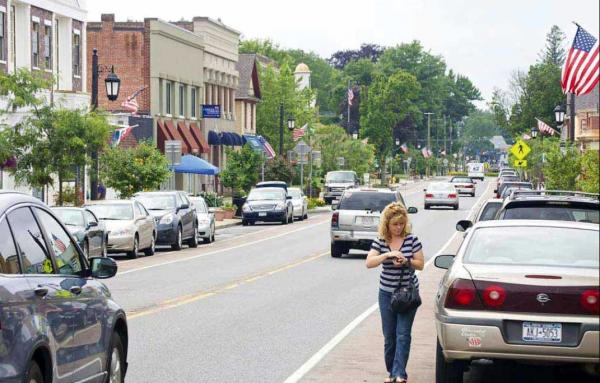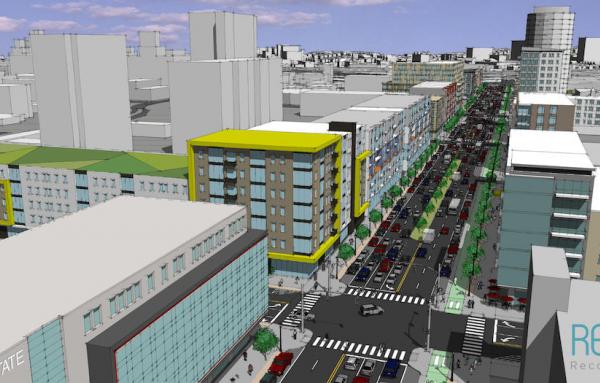Streets
Building thoroughfares as places of beauty and social interaction requires a context-based approach to design.
Here's six ways to transform communities and revitalize our economy by repurposing state departments of transportation, which are currently organized based on an outdated 1950s model.
Streets support commerce, social interaction, physical activity, recreation, and multimodal transportation—yet DOT funding criteria are stuck in the past.
For National Infrastructure Week, here are priorities that meet transportation, economic, and livability needs.
Normal, walkable streets are under attack in Celebration, Florida. The battle threatens your neighborhood, wherever you live.
In order to get good streets, you have to think beyond any single street—an idea that is at the core of New Urbanism. Dendritic networks lead to fragmented and dispersed land uses.
The carnage continues. We need to go beyond policies and transform streets themselves, according to a new report.
The transportation engineering toolbox is missing key tools when it comes to traditional cities, towns, and neighborhoods.
The ‘elephant in the living room' of rising and preventable US traffic deaths and injuries is government-funded roads in drive-only places.
There is still time for public comment on an ill-considered rule tying lower speeds on urban streets to "excessive delay." Please read the article and tell FHWA to drop or change this proposal.
Few have noticed the 100th birthday of two pieces of legislation that revolutionized the way we live: The first Federal Aid Road Bill, and the New York City zoning ordinance.
Sadik-Khan's approach is both radical and practical. Instead of relying on traffic "models" that are rarely tested against reality, she made changes with temporary materials that could be reversed if the benefits failed to materialize.











